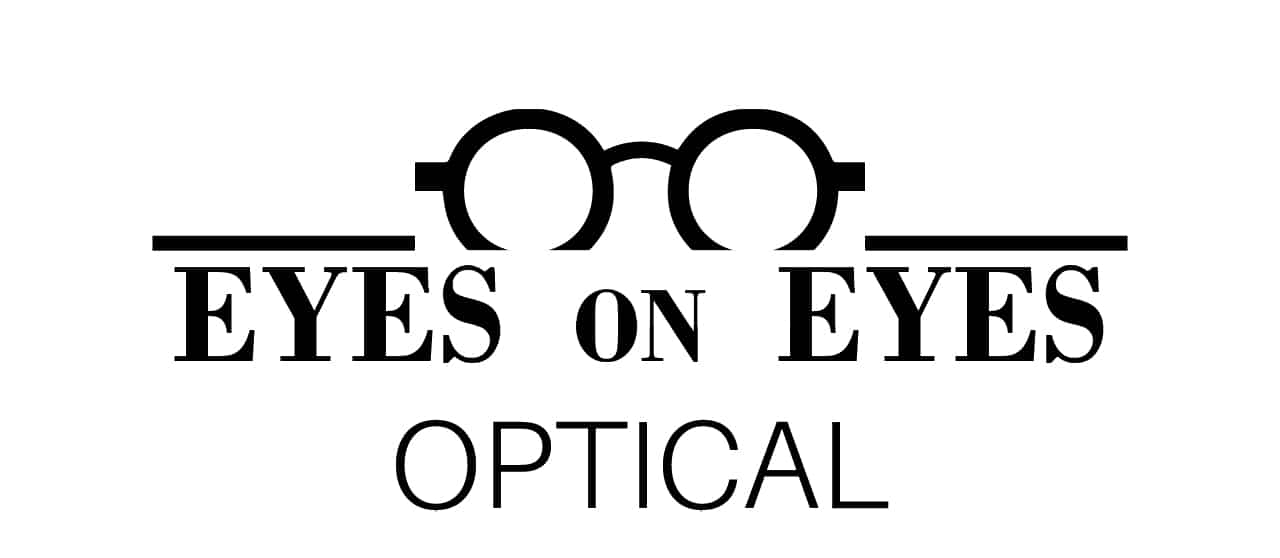Keratoconus
Keratoconus is an eye disorder. Keratoconus causes cornea to thin, weaken and bulge forward. This distortion of cornea can result in poor vision, glare and difficulty with night time driving. The distortion of the cornea called irregular astigmatism as well. And results in poor vision and glare. The photos below are optical simulations of a patient with keratoconus.
Before 1998, the only treatment for patient with keratoconus was custom contact lenses, and Intacs or corneal transplants. Now patients have other non-invasive options which is highly effective with good safety records.
Cross linking is now being performed for patients. In the USA, Corneal Cross Linking is not yet widely available as this combination therapy with UV light and Vitamin eye drops (riboflavin) is not approved by the US Food and Drug Administration (“FDA”).
Causes of Keratoconus
The cause of keratoconus is still unknown. Doctors have found that the disease often runs in families. It is important to get the eye exam done on a yearly basis for all family members of patients with keratoconus. Catching the disease early is critical and if the disease is caught early, it may be possible to prevent family members from developing poor vision.
Treatment options for Keratoconus
With the developments in technology and more research, treatment options have come a long way since it was first diagnosed.
In the early stages, eyeglasses or soft contacts will correct the corneal irregularity. Which presents itself in the form of nearsightedness and astigmatism.
Astigmatism is when the eye is oval shaped instead of being perfectly round. However, as the condition progresses, hard contact lenses are used to recreate a smooth front surface of the eye. Today, hybrid contact lenses that are soft on the outside and hard on the inside are used to improve vision. Hybrid contact lenses are very comfortable as opposed to previous treatment options.
However, treatment options do not stop there. The newest technology is larger. Scleral contact lenses require a lot of time and patience to maximize the fit and vision. Surgically, Intacts intracorneal rings, are an excellent treatment option. This Technic flatten the cornea. Another, newer treatment option called collagen cross-linking. This treatment is showing promise at slowing the progression of this disease. Especially in teenage patients. In severe cases, a corneal transplant may be needed due to extreme thinning and scarring of the cornea.

